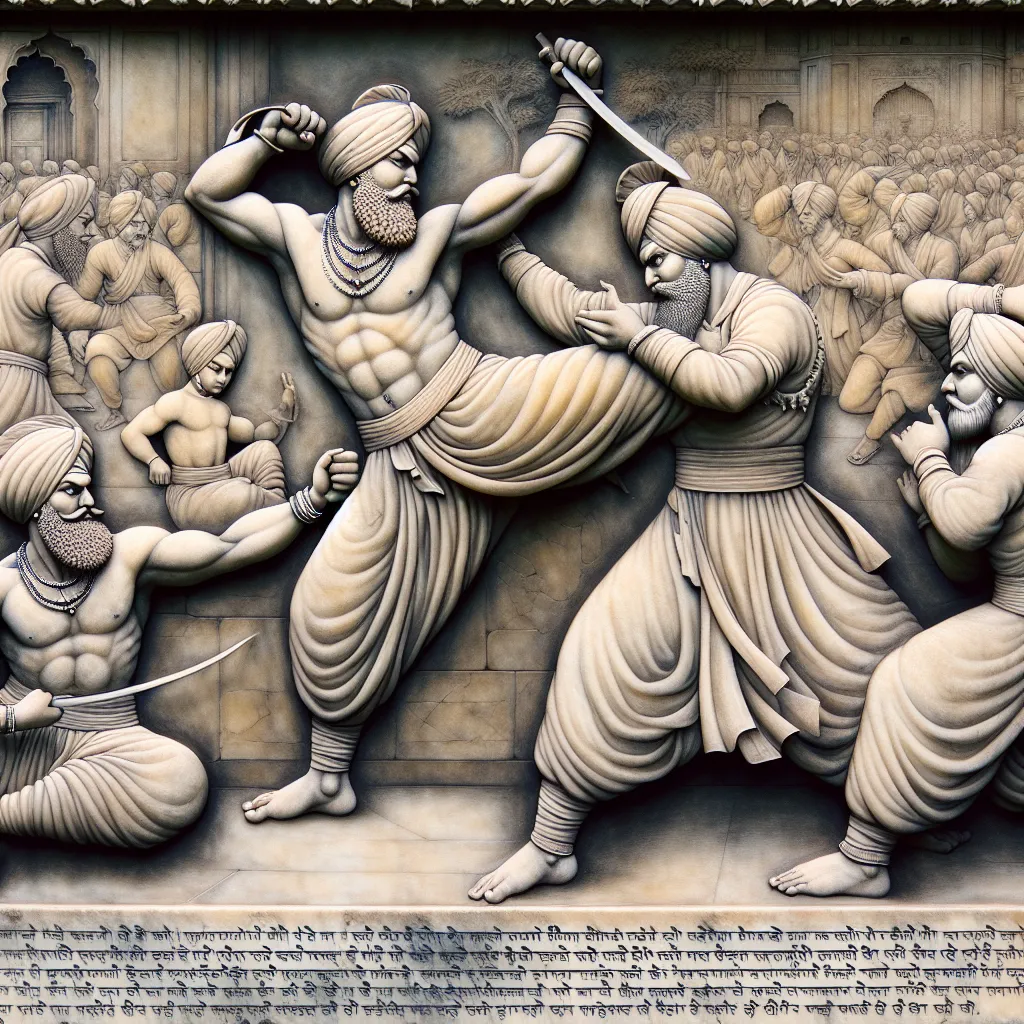
- Published on
- Authors

- Name
- You
Sikh Warriors and the Tradition of Martial Arts
Introduction
The Sikh tradition of martial arts is a mesmerizing blend of physical prowess, spiritual discipline, and cultural pride. At the heart of this tradition is Gatka—an ancient martial art form that has been practiced by Sikh warriors for centuries. This article delves into the rich history of Sikh warriors, the significance of Gatka, and its enduring influence within Sikh communities globally.
The Genesis: Birth of Sikh Warriors
Historical Context
The origin of Sikh warriors dates back to the establishment of the Khalsa by Guru Gobind Singh in 1699. The Khalsa—a collective body of baptized Sikhs—was created to defend religious freedoms and uphold justice. This marked the inception of a martial identity deeply ingrained with spiritual values.
The Five Ks
One of the notable aspects of the Khalsa is the adherence to the Five Ks:
- Kesh (Uncut Hair): Symbolizes spirituality and the acceptance of God's will.
- Kanga (Wooden Comb): Represents cleanliness and order.
- Kara (Iron Bracelet): Signifies strength and unity.
- Kachera (Cotton Underwear): Denotes chastity and self-control.
- Kirpan (Ceremonial Sword): Embodies the duty to protect and fight against injustice.
The Essence of Gatka
What is Gatka?
Gatka is not merely a martial art but a spiritual and cultural expression. It involves the practice of using various weapons such as the Kirpan, Talwar (sword), and other traditional weaponry in combat training.
Key Principles of Gatka
| Principle | Description |
|---|---|
| Seva (Service) | Emphasizes selflessness and the importance of serving the community. |
| Simran (Meditation) | Encourages focus and inner peace, essential for both combat and daily life. |
| Sant Sipahi (Warrior Saint) | Strives for the perfect balance between spiritualism and martial skill, embodying the ideal Sikh warrior. |
Techniques and Practices
Gatka encompasses a wide array of techniques:
- Single Sword (Talwar): Mastery of offensive and defensive maneuvers using a solitary weapon.
- Double Sword (Singh Sword): Combines attack and defense strategies wielding two swords simultaneously.
- Stick Fighting (Lathi): Utilizes long sticks, focusing on agility and control.
Each technique is taught with an emphasis on discipline, reflexes, and spiritual concentration.
Gatka in Modern Times
Cultural Revival
In recent years, there has been a resurgence in the practice and recognition of Gatka among Sikhs worldwide.
Global Festivals and Competitions:
- Annual Vaisakhi Celebrations: Featuring Gatka demonstrations in various parts of the world.
- International Gatka Federation: Organizes competitions and promotes Gatka as a global sport.
Integration with Contemporary Practices
Gatka today is seen not only as a martial practice but also as a means of maintaining physical fitness and mental agility, resonating with modern audiences.
Conclusion
The tradition of Sikh warriors and the practice of Gatka is much more than a mere martial endeavor. It is an embodiment of a philosophy that harmoniously blends combat skills with spiritual wisdom. As we appreciate this rich heritage, it becomes evident that Gatka remains an integral part of Sikh history and culture, continuing to inspire and educate future generations about the values of bravery, service, and spiritual depth.
Through this exploration, we've seen how the ancient roots of Sikh martial arts have evolved and adapted, maintaining their relevance and importance. The story of Sikh warriors is a testament to the enduring legacy of courage and spirituality, an inspiring journey that continues to enrich the Sikh diaspora and beyond.
